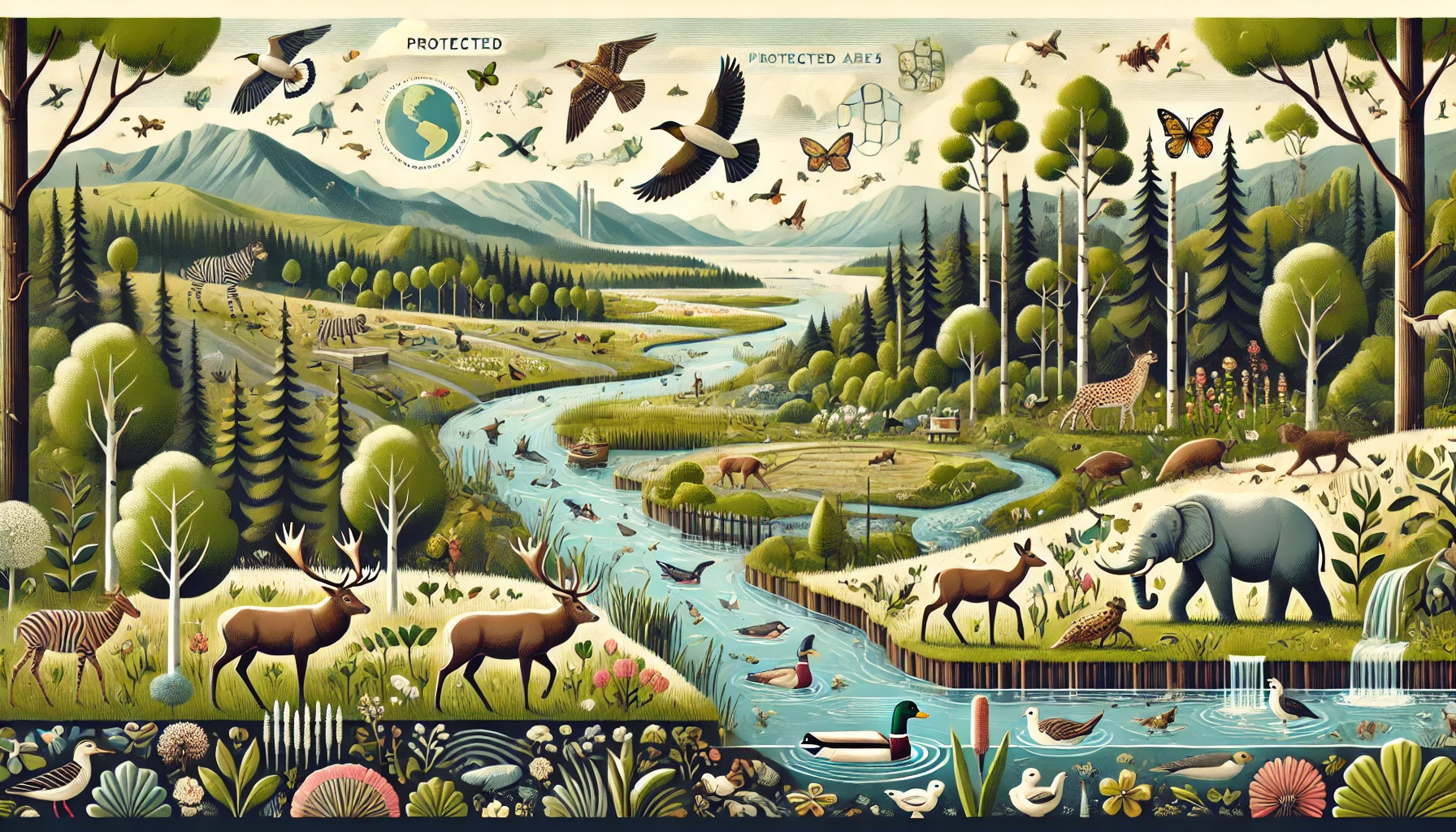Knowledge Agora
Regenerative Economy Challenge
Challenge: Wildlife Habitat Preservation
Wildlife habitat preservation is essential for maintaining biodiversity, supporting ecosystem health, and ensuring the survival of countless species. As natural habitats face increasing threats from deforestation, urbanization, and pollution, preserving these spaces becomes more urgent to prevent species extinction. Protected areas, such as national parks and wildlife reserves, offer safe havens where animals can live, breed, and thrive without human interference. Corridors connecting fragmented habitats are also critical, allowing animals to move freely and access resources across larger landscapes, which helps maintain genetic diversity. Wetlands, forests, grasslands, and coastal ecosystems provide unique habitats that support diverse species, each playing a vital role in ecosystem stability.
Conserving wildlife habitats also benefits humans by protecting resources like clean water, fertile soil, and plants used for medicines. Local communities are often involved in habitat preservation efforts, helping to monitor and protect these areas while benefiting economically through ecotourism and sustainable resource use. Policies and regulations, such as restrictions on logging and development in sensitive areas, are vital for effective habitat protection. Restoration projects that replant native vegetation, control invasive species, and restore natural water flows can revitalize degraded habitats, making them suitable for wildlife again. Ultimately, wildlife habitat preservation is about safeguarding the natural world and ensuring that future generations inherit a planet rich in biodiversity and ecological health.

